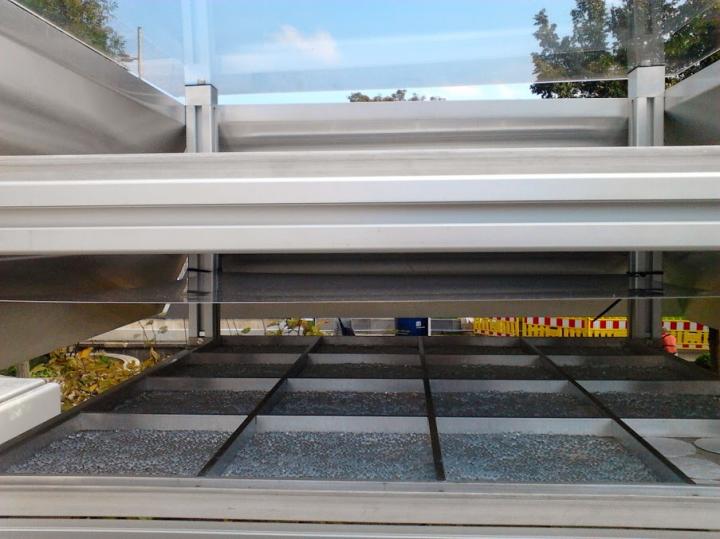-
Tips for becoming a good boxer - November 6, 2020
-
7 expert tips for making your hens night a memorable one - November 6, 2020
-
5 reasons to host your Christmas party on a cruise boat - November 6, 2020
-
What to do when you’re charged with a crime - November 6, 2020
-
Should you get one or multiple dogs? Here’s all you need to know - November 3, 2020
-
A Guide: How to Build Your Very Own Magic Mirror - February 14, 2019
-
Our Top Inspirational Baseball Stars - November 24, 2018
-
Five Tech Tools That Will Help You Turn Your Blog into a Business - November 24, 2018
-
How to Indulge on Vacation without Expanding Your Waist - November 9, 2018
-
5 Strategies for Businesses to Appeal to Today’s Increasingly Mobile-Crazed Customers - November 9, 2018
City buildings literally ooze smog from the walls
According to a study presented at the meeting of the American Chemical Society in Boston, when the urban grime is exposed to sunlight, it releases nitrogen oxides, which are a source of ground-level ozone and smog. Up until now, grimy urban buildings weren’t included in models that assess how polluted an urban area is, but the new findings suggest their contribution is significant. The ability of light to unlock nitrates in the grime was previously suggested in laboratory experiments. Thousands of substances make up grime, mostly gases exhausted from automobiles, factories and other human activities.
Advertisement
As part of the study, the researchers distributed grime collectors throughout the German city of Leipzig and Toronto in Canada.
A study using glass beads to collect grime (above) shows that compounds can recycle from grime back into the air and contribute to pollution. It’s the main component of smog, a mixture that also includes sulfur dioxide, nitrogen dioxides and carbon monoxide.
The researchers set up two large shelves filled with beads of window glass on a tower above the city.
Dr. Donaldson announced that he and his team of scientists are in discussion about the commencement of a real-life experiment in Shangai, in an effort to study the influence of varying pollution levels across the world – specifically “in someplace that is “really grubby” and someplace that is ‘really clean”.
Although the full extent of city grime’s impact on air quality is unclear, “it may be quite a significant, and unaccounted for, contributor to air pollution in cities”, he says.
Some of the collection devices were left in the sun; others were intentionally put in the shade, but had adequate air flow so that grime could collect on their surfaces. After being exposed for six weeks in Leipzig, the team reveals that it contained 10 percent more nitrates in shady areas than those that are exposed under the sun, the grime collectors in Toronto are still ongoing.
Scientists had long thought that nitrogen oxides become inactive when they are trapped in grime and settle on a building’s surface, but Donaldson’s previous work indicated that some the compounds re-enter the atmosphere.
Later studies showed the nitrate disappeared at a rate 10,000 times faster than from rainfall when they were exposed to artificial sunlight.
“In our work, we are showing that there is the potential for significant recycling of nitrogen oxides into the atmosphere from grime, which could give rise to greater ozone creation”, Donaldson said in the statement. He also noted that if his research comes to a suspected conclusion, the understanding of air pollution today would be incomplete: “If our suspicions are correct, it means that the current understanding of urban air pollution is missing a big chunk of information”.
Advertisement
Lab conclusions were tested in Leipzig, Germany, and Toronto, proving that we still have a lot to understand about urban air pollution.




























